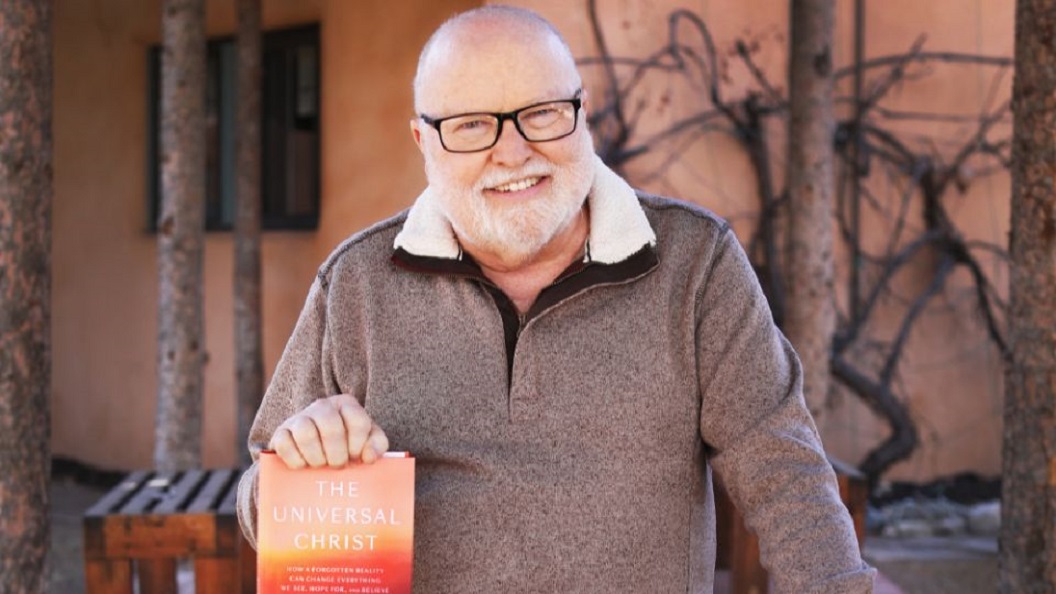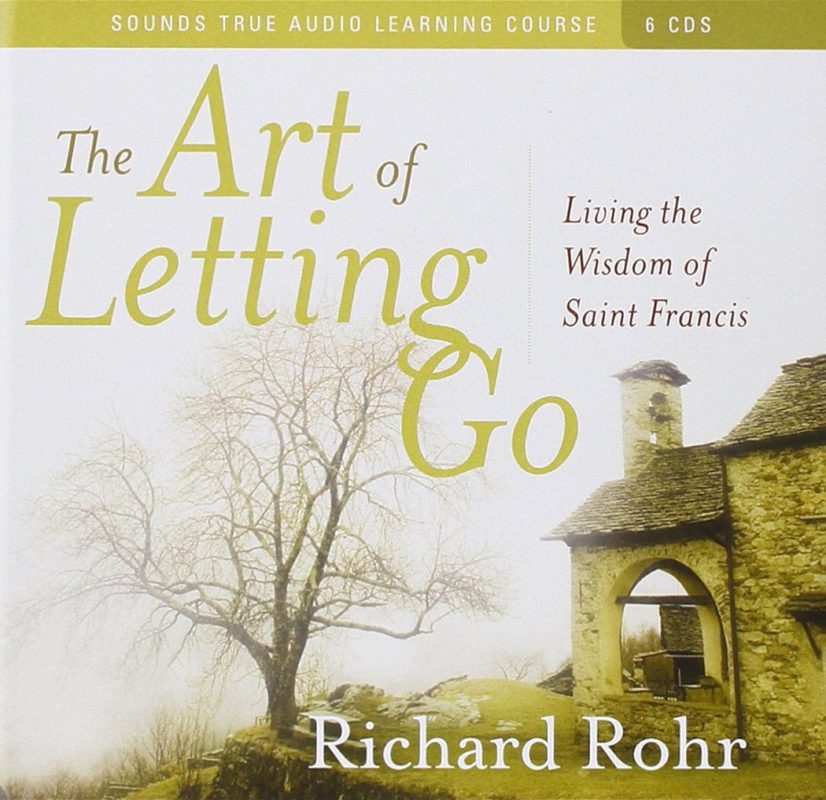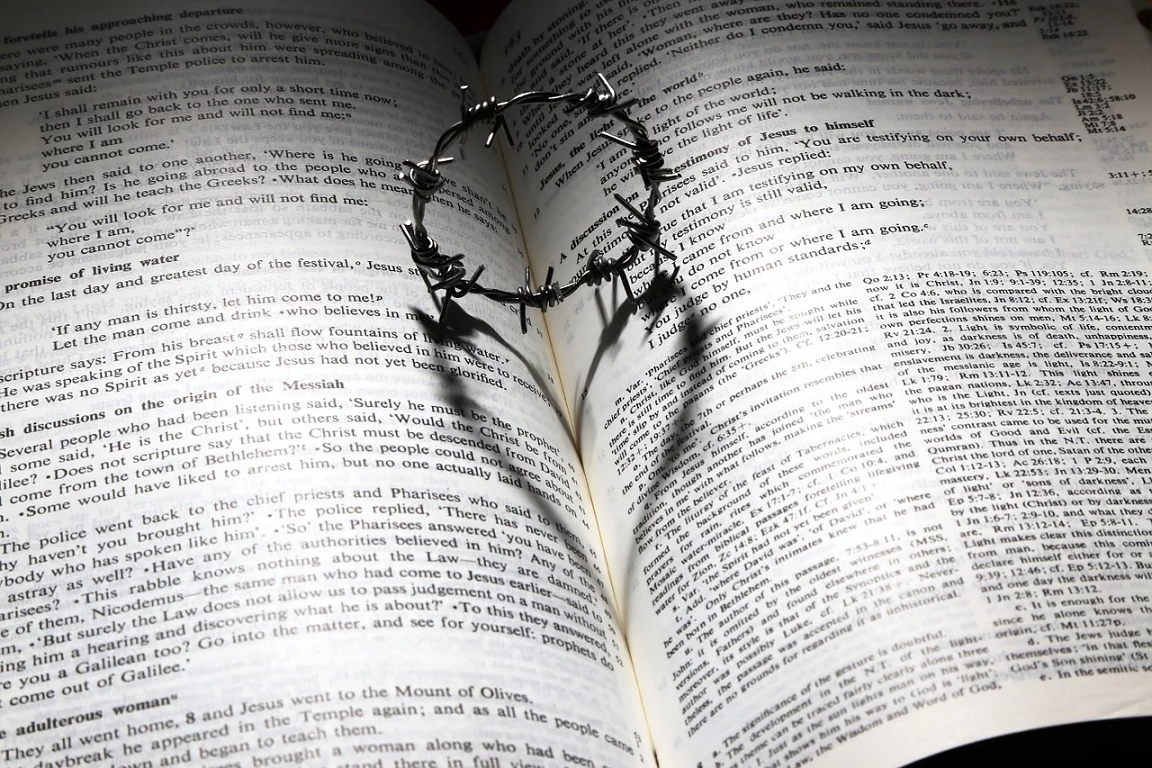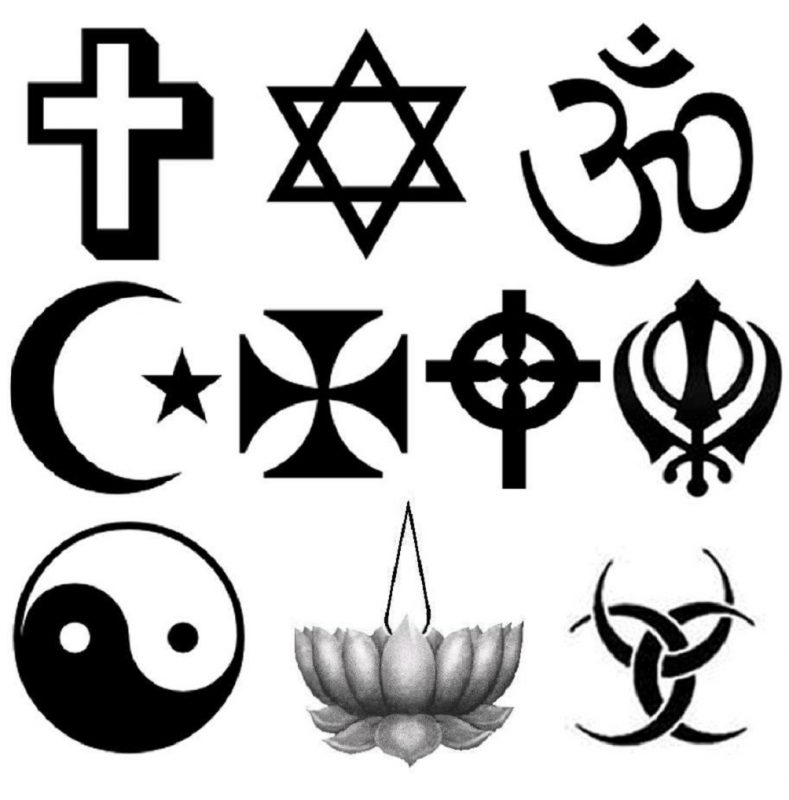Finding a soul mate that you feel a strong connection with at all levels (spiritual, emotional, intellectual, physical and relational) is a gift from above, which also requires some inner work. I like to call it ‘soul-dating’.
“Of course, true hotness lies within,” reports The Atlantic, “but how do you get someone to discover your inner hottie?” Scientific studies show that “wearing red, having a beard, and sharing a glass of wine could be a good start.” That may be good advice, but inner peace might be the real key.
Behold The Two Become One!
Introduction
For singles seeking a soul mate with a strong spiritual connection, you might consider starting off with a “sacred friendship,” based on shared life purposes and goals. Open communication about spiritual experiences should flow naturally in an environment of mutual acceptance.
“A key to blending friendship with romance is to take the time to explore each other’s interests and then share in them,” write Gary and Norma Smalley in their 1989 bestselling book, “It Takes Two to Tango.”

Friendship is square one in soul dating. This takes an investment of time and willingness to listen with our heart as well as our mind. Together we can grow in the practice of mirroring a loving gaze toward each other.
Perhaps the biggest challenge is finding a soul mate who is on a similar and compatible spiritual growth path — a partner who embraces inclusive spirituality rather than exclusive religion.
As best selling author and teacher Richard Rohr puts it, “Most people can only grasp 1 or 2 levels of consciousness — or spiritual growth stages — beyond where they’re presently at.”

Richard Rohr
Understanding this just might save a lot of time, effort and heartbreak when seeking a spiritually compatible soul mate. If you are very patient, you might be able to bridge spiritual gaps. However, serving as a spiritual bridge often means having a willingness to get walked on from both sides.
Rohr, who derives much wisdom and inspiration from the life of St. Francis of Assisi, offers an excellent resource to help determine approximately what spiritual stage you may presently be at in his audiobook, “The Art of Letting Go: Living the Wisdom of Saint Francis”.

Rohr describes “Nine Stages of Spiritual Growth” in simple, non-technical terms. He stresses “the more advanced levels of spiritual consciousness must always include all previous levels, rather than excluding them.”
He also teaches that progressing in spiritual growth usually involves some type of loss at every stage of consciousness, which usually prods us onward. This “art of letting go” helps us move to deeper stages.
“The goal of true religion,” says Rohr is, “The journey toward enlightenment and ‘Falling Upward’,” — which is the title of his 2013 bestselling book.
9 Stages of Spiritual Growth
Here is my humble summary of Rohr’s Nine Stages of Spiritual Growth…
1.”My body is who I am” — This is our starting point as a child… it is the level of sex and survival… the priority is pleasure and security. It is a necessary stage, but sadly some people get stuck at this stage for a lifetime.

2. “My external behavior is who I am” — Our identity is focused on rituals, and badges which are important at this stage, we must look good to others. We become practiced at hiding and denying our shadow self. An example would be the extreme far-right wing, which live mostly in dualistic, tribal thinking and a ‘win-lose’ worldview. Protecting boundaries and identities is important. It is the eventual disappointment that leads to further progress.
3. “My thoughts and my feelings are who I am” — Those at this stage may be learned, but they are still very egocentric, viewing education as a substitute for transformation, and strong individualism makes it hard to work together. An example would be ‘limousine liberals’, who embrace symbolism without substance. Rohr believes this stage is where the U.S. and most of Europe is presently at and that it usually requires a major personal fall to move forward. “Unless a grain of wheat falls to the ground and dies,” said Jesus, “it cannot produce fruit”.

4. “My deeper intuition, felt knowledge in my body is who I am” — At this stage we begin to think ‘contemplatively’, slowly gaining the ability to embrace paradox, making a discovery of ‘soul’ in us and in everything else. This is a very alluring stage, but it is also tempting to stay at this stage and become self-absorbed. Stage four is an important breakthrough, but it still lacks an outflow of love for the Creator and the other. On a cultural level the 1960s illustrated a rediscovery of meaning, embracing the shadow side of classism, war and other social concerns.
5. “My shadow self is who I am” — This stage begins our personal ‘dark night of the soul’, we start discerning our True self and reality. We find a cause worth dying for, a growing care for others, love for God and our neighbor. We practice “shadow boxing,” “walking our talk”. This stage can last a long time as we begin to embrace unconditional love and grow more accustomed to living with contradiction. It is inside the darkness that we find the true light.

6. “My plan is useless, I am empty and powerless to save myself” — At this stage we finally give up on our own plans and instead ask, wait and trust our loving Creator for a spiritual breakthrough. We face the reality that when we can’t change our circumstances we must instead allow God to use the circumstances to change us. We learn how to sit in quiet meditation and draw upon a new Source. We move from religion to spirituality. In AA it is considered the first stage of transformation. It is an ‘identity transplant’ toward ‘unitive thinking’ and true spirituality.
7. “I am so much more than I thought I was” — At this stage the false self has significantly died and our True self begins taking over more continuously. We learn the freedom and joy of living in the present moment, of engaging in pure action, and that Another is holding me, so I don’t need to hold myself.
8. “I am at home being led by grace” — This stage is not a 24/7 state, it comes and goes. John 10:30; “I and the Father are one”. We begin living in communion with our Creator. “One knows God in one’s self and one knows one’s self in God.” -Teresa of Avila.

An inner knowing develops. You find your soul, and understand your body is not you. Mystical experiences and worldview grows.
9. “I am who I am, I have let go of all attachment to myself” — This is the final stage of surrender, I am willing to become, like St. Francis and all the great spiritual mystics in history, “the holy fool”, without any pretense. I can be who I am. I am fully present. I can now begin to see God in everyone and everything. There is no need to impress anyone, I delight in being transparent and practicing non-dual thinking and living. My focus is on serving and loving others. I am becoming child-like. I can love my enemies.
Conclusion
As I reflected on these stages of spiritual growth, I realized that although on any given day I may fluctuate between levels, my trajectory is set on learning the art of letting go.
In the realm of soul dating this translates into making the counter-intuitive decision to let go of my striving to find a soul mate and focus on becoming a fully present person… and then watch and wait for the desires of my heart to come to pass.
“When we believe there is another person who can make us whole, we are ineffectually calling ourselves ‘incomplete’ …We have the power within ourselves to achieve that oneness; we really mustn’t try to find the answers to our problems in another… their role in your life is to be a mirror — not a glue” writes Raven Fon in “Soul Mates Are Actually Our Soul Mirrors”
We all need at least one person in our life who is willing to serve as a loving mirror of our True self — and how wonderful it is if that person also turns out to be our soul mate for life!

Richard Rohr’s overview of the major stages of spiritual development helped me to confirm the characteristics of the soul mate I am seeking to mirror— and I seek to become. If this short summary has been helpful to you, please pass it on. Namaste!
Originally Published: theurbandater.com

















